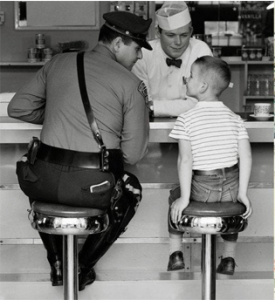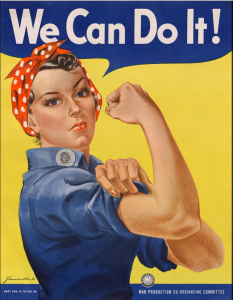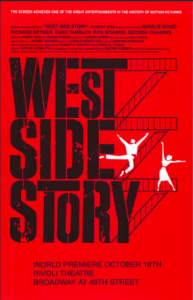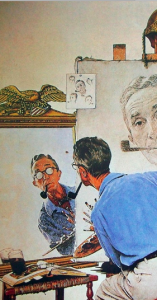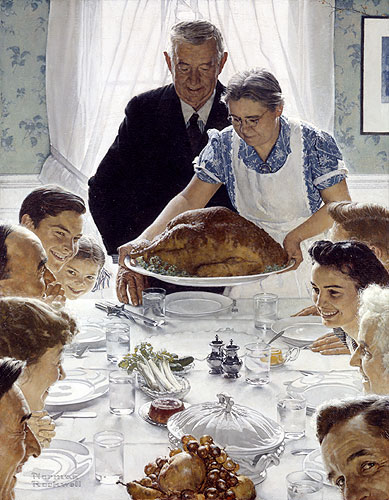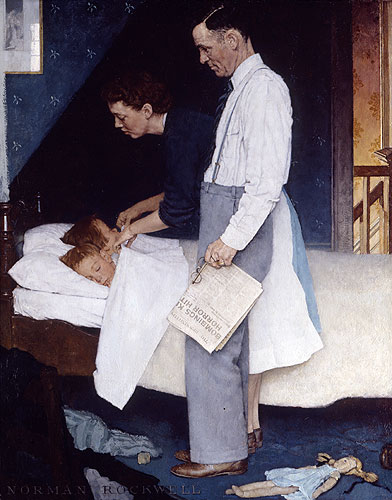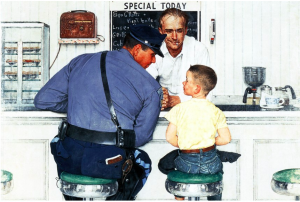
The Runaway, by Norman Rockwell, 1958
“The painting of a trooper bending over in counsel to a young boy intent on leaving home captures — much more than any of the images of shootouts and car chases favored by popular culture — the highest ideal of police work: helping someone in need at a vulnerable moment,” Col. Marian McGovern said, at the service held for the funeral of Sgt R.J. Clemens, the policeman who posed for the painting.
Not long ago, art critics used to scorn Rockwell’s art. Respectable museums would not display his art. Today museums worry that they can no longer afford his art. An important exhibition of Rockwell’s paintings, Massachusetts, is on an international tour. The exhibition is based on Rockwell’s famous “Four Freedom” paintings. There is another exhibition in a New York museum of modern conceptual art where modern artists have simulated Rockwell’s Four Freedoms paintings, by inserting more diverse characters such as African Americans, LGBTQ people, Muslims, and other historically neglected groups.
Some critics used to say that Rockwell’s paintings were clichés: “They weren’t clichés until Rockwell invented them and they were embraced by the public”, Frank Miller, author of ‘Batman: the Dark Knight’ replied.
While Rockwell was earning a good living as the cover artist for The Saturday Evening Post, he was hurt by the critical reaction to his work. In spite of his feelings, he decides to continue with illustration.
Some major artists, such as Andy Warhol and directors Steven Spielberg and George Lucas, recognized the quality of Rockwell’s work and were not put off by the critics. Some even said that they learned from the way he staged a story.
Here is the photo that Norman Rockwell took before painting g the picture, as he always did : 